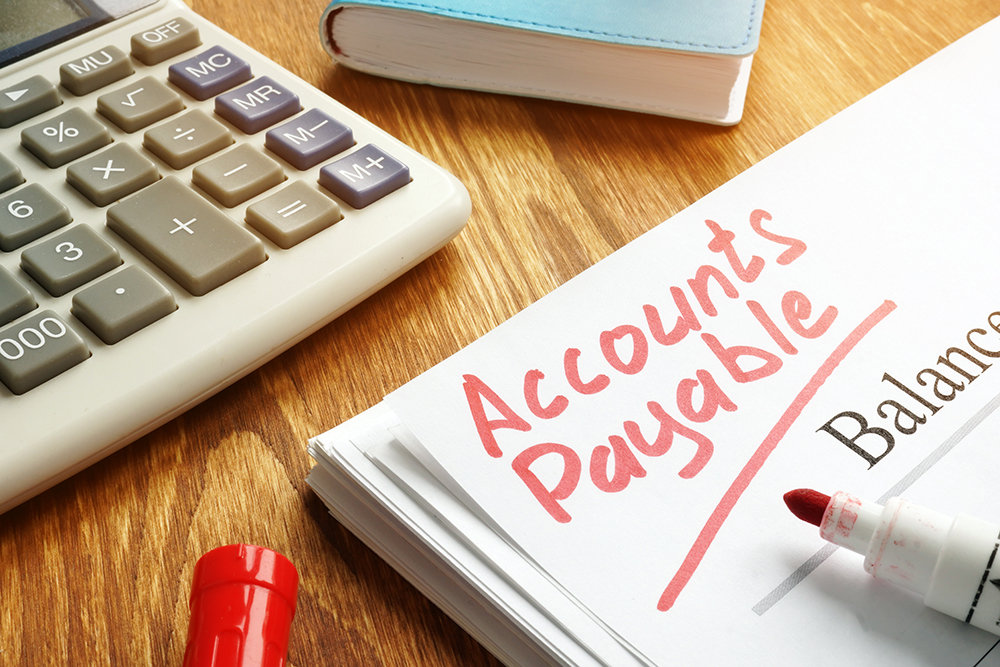Avoid Accounts Payable Errors: What to Watch For from Your Favorite OC Bookkeeper

Patty Hansen
When you pay a bill, are you 100% comfortable that the bill payment is correct and justified? Is there a chance that the bill is fake or fraudulent? What about duplicates? With so many fake bills being mailed to businesses these days, it is wise to think about putting rules into place. This will reduce the risk of writing a check out of your hard-earned profits that shouldn’t be written.
Accounts Payable Controls
In the accounting profession, the term “internal controls” refers to processes, procedures, and automations put into place to reduce errors. In accounts payable, there are a specific subset of rules and controls you can put into place to reduce risk in this area. Below are some useful tips to help create checks and balances for your accounts payable from Your Favorite Orange County Bookkeepers.
- Approvals: All bills should be approved by the appropriate level of staff. Sometimes a bill gets approved that is fake or shouldn’t be approved, especially in areas where the approver doesn’t have technical knowledge of what they are buying. Be sure to read the fine print on the bill and make sure you know what you are paying for.
- Segregation of duties: The person who pays the bill should be different from the person who submitted the bill. Both of those people should be different from the one who signs the check. This reduces employee fraud.
- Receipt confirmation: A packing slip or other confirmation of receipt of the goods or services should be matched to the invoice, line item by line item.
- Math check: A prudent step is to check the accuracy of the math on an invoice.
- Duplicate payments: If a vendor emails their bill as well as mails a hard copy, controls should be put in place (usually automated) to avoid duplicate payments on the same bill.
- Reconciliation: If there are a significant number of transactions between you and a vendor, an accounts payable reconciliation should be performed each month.
- Missing check numbers: Most systems provide a missing check numbers report that you can use to make sure all checks are accounted for.
- Bank reconciliation: A bank reconciliation is a sure way to see exactly what checks cleared your bank account.
- Coding: Coding each transaction to the correct expense, inventory, asset, or cost of goods sold account is an essential part of the process.
- Income statement review: Each month, a review of the balances in your expense accounts as well as a disbursements ledger review for accuracy can provide added peace of mind.
- Purchase order: Requiring purchase orders is another control you can add to your process. Purchase orders should be matched to packing slips and invoices before payment or approvals are made.
- In-depth knowledge of your business’s numbers: The more you get to know the numbers in your business, the greater chance you’ll have of accurate accounts payable.
If you would like to discuss your accounts payable function and how it can be improved or want help with pesky reconciles, we’re happy for you to reach out to your favorite Orange County Bookkeepers here at Team One Accounting.
Related Posts
Navigating Year-End Generosity as a Small Business Owner
By: Charlotte Van Dyck The holidays are a wonderful time to show appreciation, spread goodwill, and celebrate the relationships that keep your business moving forward. From employee gifts and bonuses to appreciation of clients and charitable giving, year-end generosity has both an emotional and a financial impact. When planned correctly, many of these seasonal expenses…
Read MoreClosing the Year Strong: How Holiday Decisions Impact Your Financial Reports and Taxes
By: Charlotte Van Dyck The financial decisions you make during the holiday season don’t just affect December. They shape your year-end financial statements and your tax return. Increased spending on marketing, payroll, equipment, gifts, and events directly impacts your profit, taxable income, and cash flow. Seasonal promotions and advertising often drive revenue growth, but they…
Read MoreGiving Thanks: Celebrating the Season of Gratitude as a Small Business Owner
By: Charlotte Van Dyck As the year winds down and Thanksgiving approaches, it’s the perfect time for small business owners to pause and reflect. Not just on profits and goals, but on the people and partnerships that make their success possible. The giving season offers more than a chance to say, “thank you.” It’s an…
Read More


